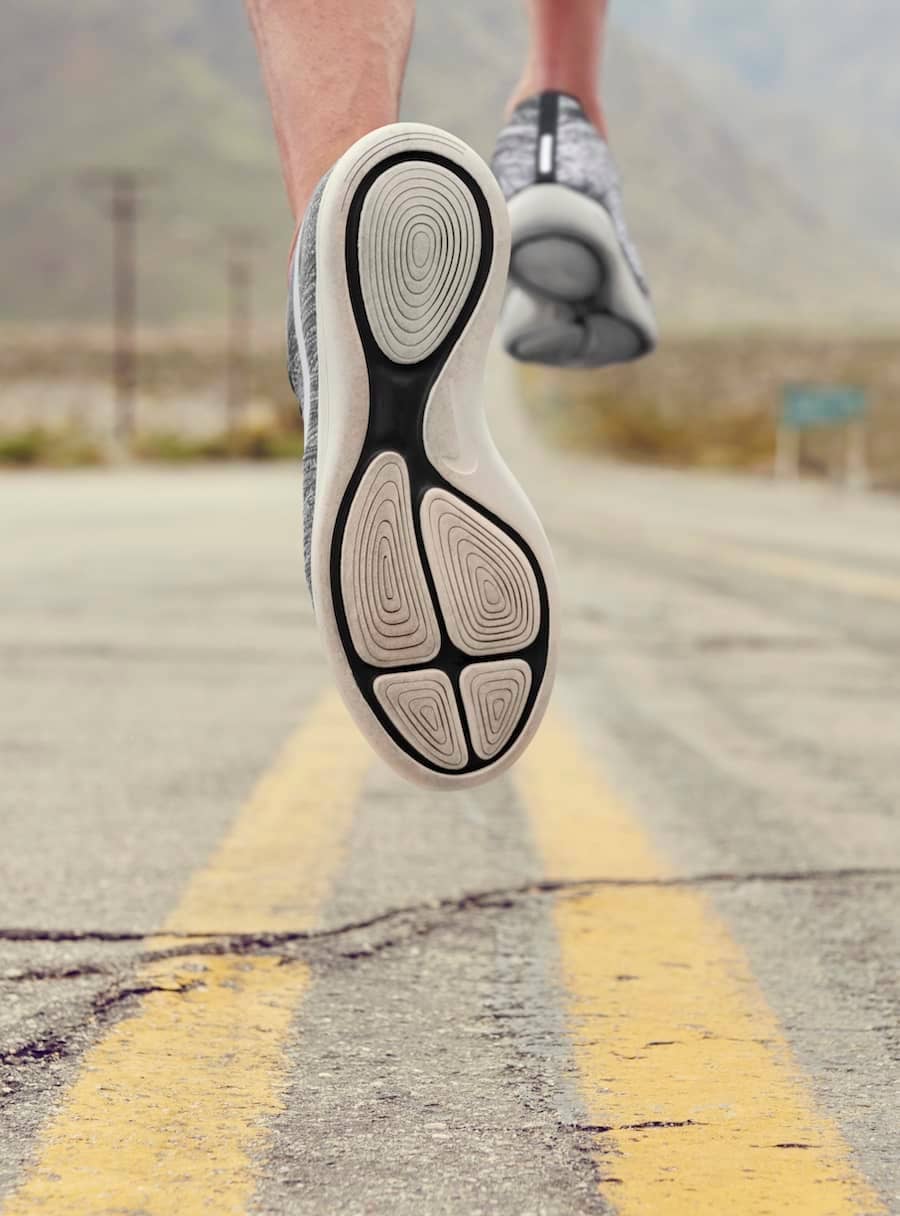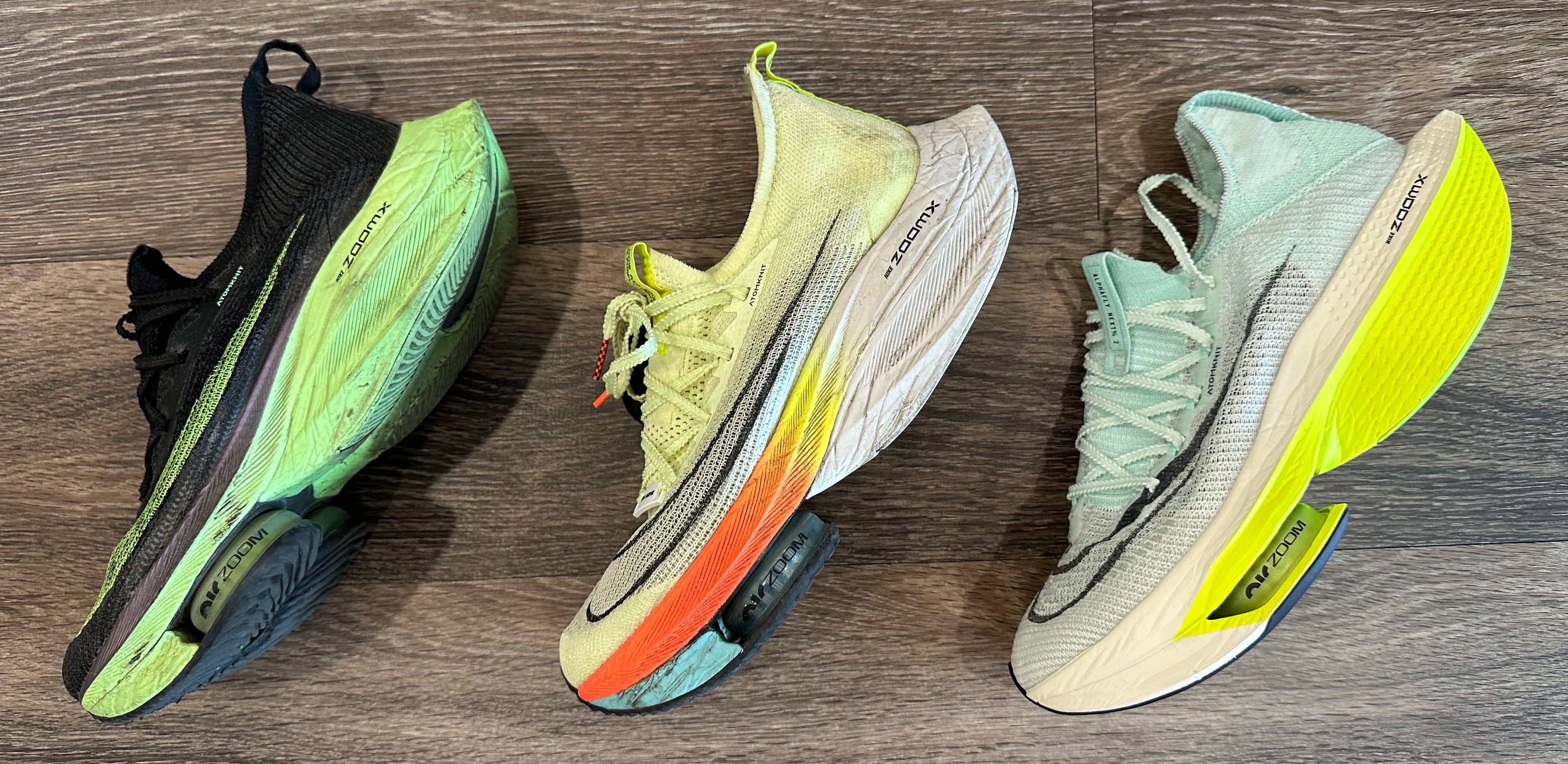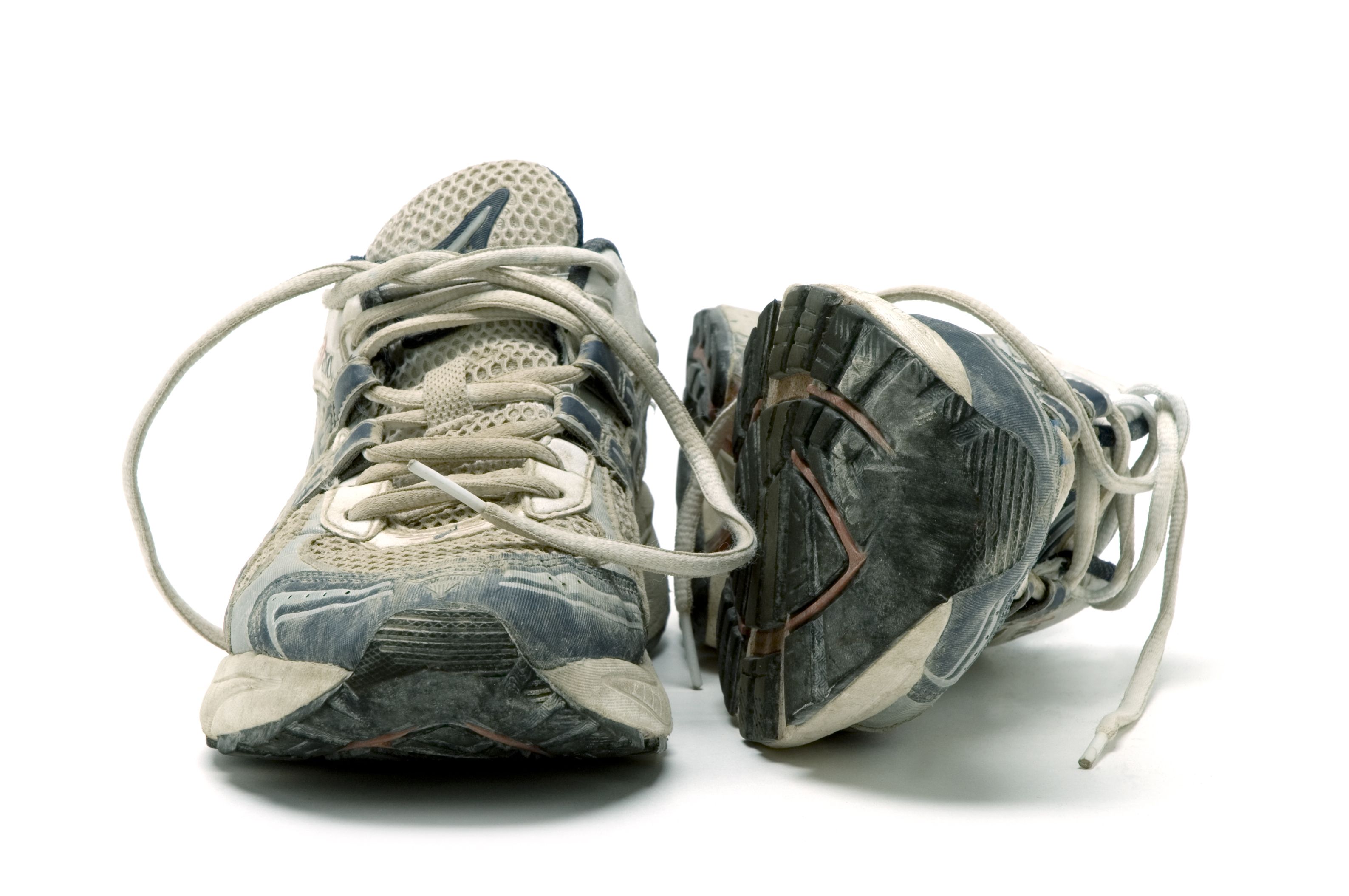Introduction: The Importance of Knowing When to Replace Your Running Shoes
As a running enthusiast or someone who enjoys the occasional jog, knowing when to replace your running shoes can significantly impact your performance, comfort, and overall health. A common question asked among runners—whether beginners or seasoned athletes—is: “How many miles before I need new running shoes?” This question is crucial, as wearing worn-out shoes can lead to injuries, decreased performance, and an unsatisfactory running experience.
Understanding Running Shoes: A Quick Overview
Before diving into the mileage specifics, it’s important to understand the different types of running shoes available and their intended uses. Running shoes can be categorized into three main types:
- Cushioned Shoes: Ideal for neutral runners seeking comfort.
- Stability Shoes: Best for runners with moderate overpronation.
- Motion Control Shoes: Designed for severe overpronators requiring maximum support.
How Many Miles Can You Expect from Your Running Shoes?
The lifespan of running shoes can vary significantly depending on various factors such as shoe type, running style, and terrain. On average, most running shoes last around 300 to 500 miles. Here’s a breakdown of typical lifespan estimates:
| Type of Running Shoe | Expected Mileage |
|---|---|
| Cushioned Shoes | 300-500 miles |
| Stability Shoes | 400-600 miles |
| Motion Control Shoes | 500-700 miles |
Factors Affecting Shoe Longevity
1. Running Style
Your running style plays a significant role in how quickly you wear down your shoes. Runners with a heavy foot strike may find their shoes degrade faster than those with a lighter stride.
2. Terrain
Running on hard surfaces like pavement can cause shoes to wear out more quickly compared to softer surfaces such as trails or grass.
3. Shoe Materials
The materials used in the shoe’s construction also impact longevity. Shoes made from high-end materials may last longer but may come with a higher price tag.

4. Body Weight
Heavier runners may put more stress on their shoes, requiring them to replace them more frequently than lighter runners.
Signs It’s Time to Replace Your Running Shoes
1. Tread Wear
Examine the outsole of your shoes. If the tread has worn down significantly or if you can see the midsole peeking through, it’s time for a replacement.

2. Loss of Cushioning
If you’re feeling discomfort or impact during your runs, the cushioning may have degraded, indicating it’s time for new shoes.
3. Uneven Wear Patterns
Check for uneven wear patterns, which can be a sign that your running form may need adjustment or that your shoes are no longer suitable for you.

4. Accompanying Pain
If you start experiencing pain in your knees, hips, or back, it could be the shoes and their loss of support and cushioning.
Real-World Case Studies: Runners’ Experiences with Shoe Lifespan
Case Study 1: Sarah, the Casual Jogger
Sarah is a casual runner who runs approximately 10 miles a week. She loves her cushioned running shoes, but she started to feel discomfort after 250 miles. After consulting with a specialist, she learned that her shoes should really be replaced at around 300-400 miles.

Case Study 2: Mike, the Competitive Runner
Mike runs about 40 miles a week and uses stability shoes. He notices that he typically replaces his shoes after every marathon, which is around 450 miles. By adhering to this regimen, Mike has successfully avoided injury and continues to perform at his peak.
Case Study 3: Jessica, Trail Runner
Jessica’s experience is different as she frequently runs on trails. She has discovered that her trail shoes last around 500 miles, but the rocky terrain accelerates wear on the outsoles.

Comparing Popular Running Shoes in the U.S. Market
Let’s take a look at some of the top-rated running shoes available in the U.S. market, highlighting their mileage expectations and features.
| Brand & Model | Type | Expected Mileage | Pros | Cons |
|---|---|---|---|---|
| Nike Zoom Pegasus 38 | Cushioned | 400 miles | Comfortable, versatile, good for various distances | Pricey compared to competitors |
| Brooks Ghost 14 | Cushioned | 500 miles | Great cushioning, durable, ideal for daily running | Can feel bulky |
| ASICS Gel-Kayano 28 | Stability | 450 miles | Supportive, high comfort level | Heavier than other options |
| Hoka One One Clifton 8 | Cushioned | 500 miles | Exceptional cushioning, lightweight | Not suitable for everyone’s foot shape |
Tips for Prolonging the Lifespan of Your Running Shoes
1. Rotate Your Shoes
Having a few pairs of running shoes can help distribute wear and prolong their lifespan. Different shoes can also serve different purposes, enhancing your overall running experience.

2. Avoid Running on Different Terrains
Try to stick to similar terrains when wearing specific shoes to maximize their longevity. For example, use trail shoes only for trail running and road shoes for road running.
3. Proper Cleaning and Care
Keep your shoes clean and free of excess dirt and mud. Store them in a cool, dry place to maintain their structure and shape.

4. Use Them for Running Only
Avoid using your running shoes for casual wear or other sports as it can lead to premature wear and tear.
FAQs About Replacing Running Shoes
1. How do I know when my running shoes are worn out?
Look for signs such as tread wear, loss of cushioning, and any discomfort or pain during running.
2. Can I run with worn-out shoes?
It’s not recommended, as this can lead to injuries and negatively impact your performance.
3. How can I extend the life of my running shoes?
Rotate your shoes, take care of them, and avoid using them for activities other than running.
4. What should I do with old running shoes?
Consider donating them, recycling them, or using them for other activities like yard work.
5. Are expensive running shoes worth it?
Higher-priced shoes often come with better materials and technology that can enhance performance and durability.
6. How many miles can I expect from trail running shoes?
On average, trail running shoes can last between 500 to 600 miles depending on the terrain and usage.
7. Should I choose a specific shoe for my foot type?
Yes, it’s important to choose shoes based on your foot type and running gait for optimum performance and injury prevention.
8. Where can I buy running shoes?
Running specialty stores, sporting goods stores, and online retailers offer a variety of running shoes. It’s recommended to try on various pairs to find the best fit.
9. How often should I replace my running shoes?
Typically, every 300 to 500 miles, but it can vary depending on the shoe type and individual usage.
10. What are the best brands for running shoes?
Some of the best brands include Nike, Brooks, ASICS, Hoka One One, and Saucony, each offering models for different running needs.
11. Is it better to buy running shoes online or in-store?
Shopping in-store allows you to try on and feel the shoes, while online offers a wider selection. It depends on personal preference.